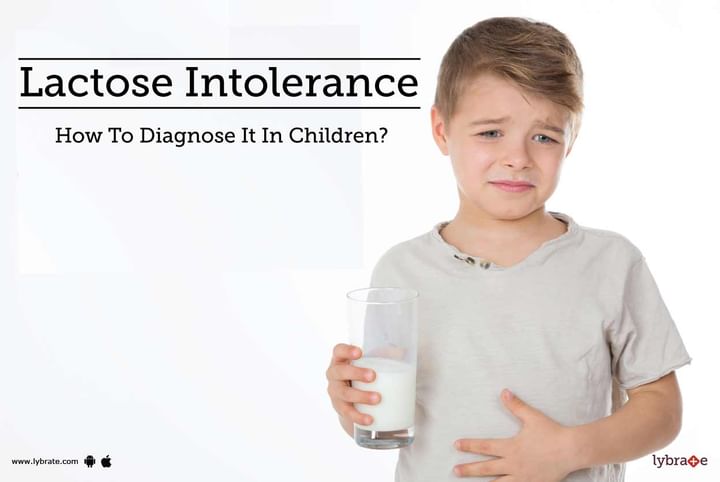Lactose Intolerance - How To Diagnose It In Children?
Lactose intolerance is a condition wherein you are not able to digest lactose, which is a sugar found in milk. Other foods that contain lactose include cheese and ice-cream. Inadequate production of the lactase enzyme in children causes lactose intolerance. This enzyme is produced in the intestine that helps in the digestion of lactose.
Lactose intolerance is often confused with milk intolerance. The symptoms are similar but they do not share the same cause. Milk allergy is an adverse reaction towards milk and it is a problem of the immune system, whereas lactose intolerance involves the digestive system.
Symptoms:
The symptoms of lactose intolerance are:
-
Bloating; on consumption of milk over a period of time
-
Diarrhea is also very common
Diagnosis:
-
It is self -diagnosable; just strike out foods containing lactose from your child’s diet and see if the symptoms get better with time. If the symptoms happen to fade away gradually, then it certainly must’ve been lactose intolerance.
-
However, it can be tricky as many non-dairy products also contain lactose.
-
If the child is lactose intolerant, then he/she might have to undergo a lactose breath test. This is used to test the levels of hydrogen in the child’s breath after the child consumes a lactose solution. Usually, hydrogen levels are low in one’s breath. However, if the lactose solution is not digested properly, then it will lead to a temporary increase in the levels of hydrogen in the breath, thus indicating lactose intolerance.
Treatment:
This disorder does not have a cure; so in case your child has lactose intolerance, you need to adjust his/her diet accordingly. Over-the-counter lactase is also available that helps in digesting lactose-based foods. You can also go for the ‘lactose- free’ milk variety for your child.



+1.svg)
